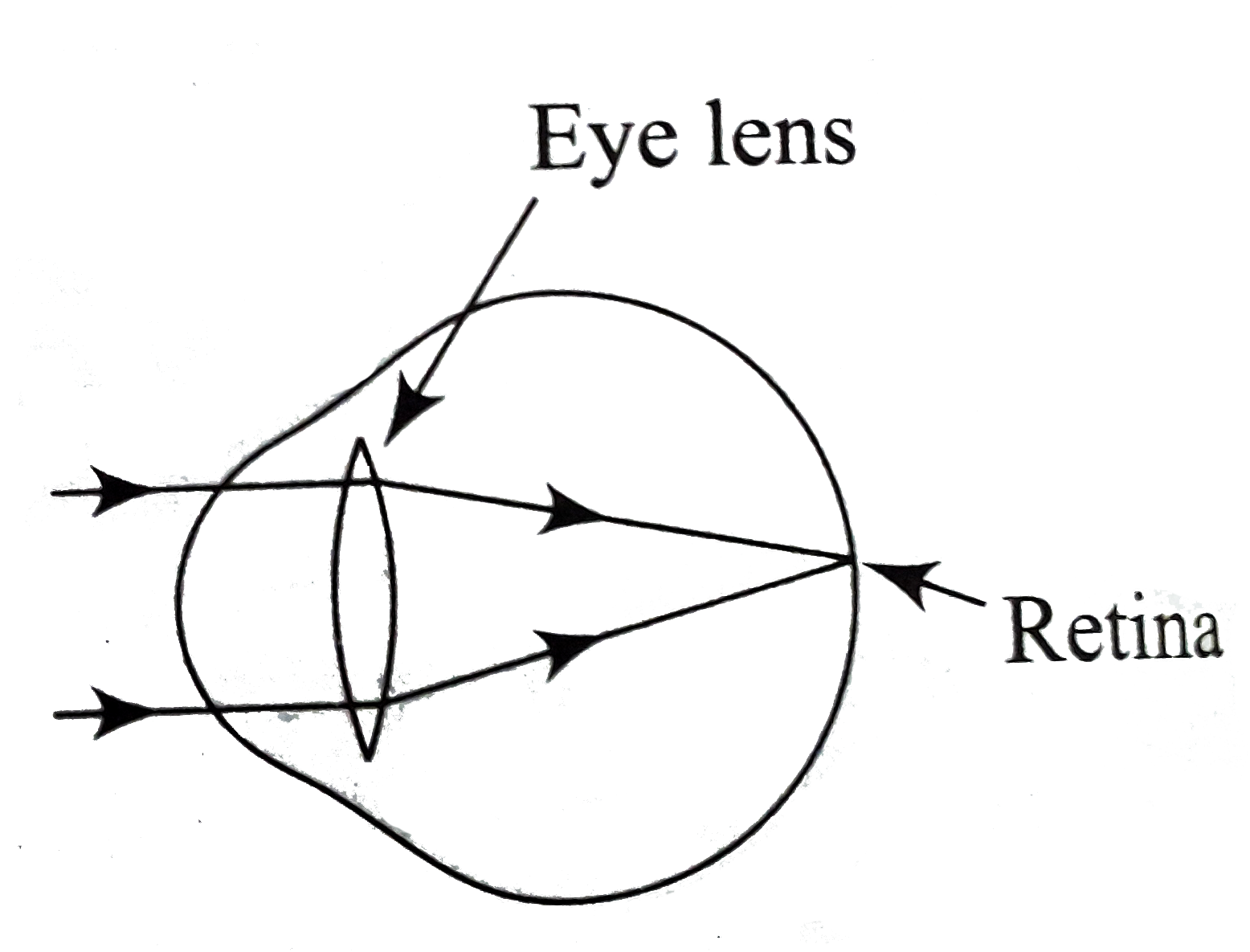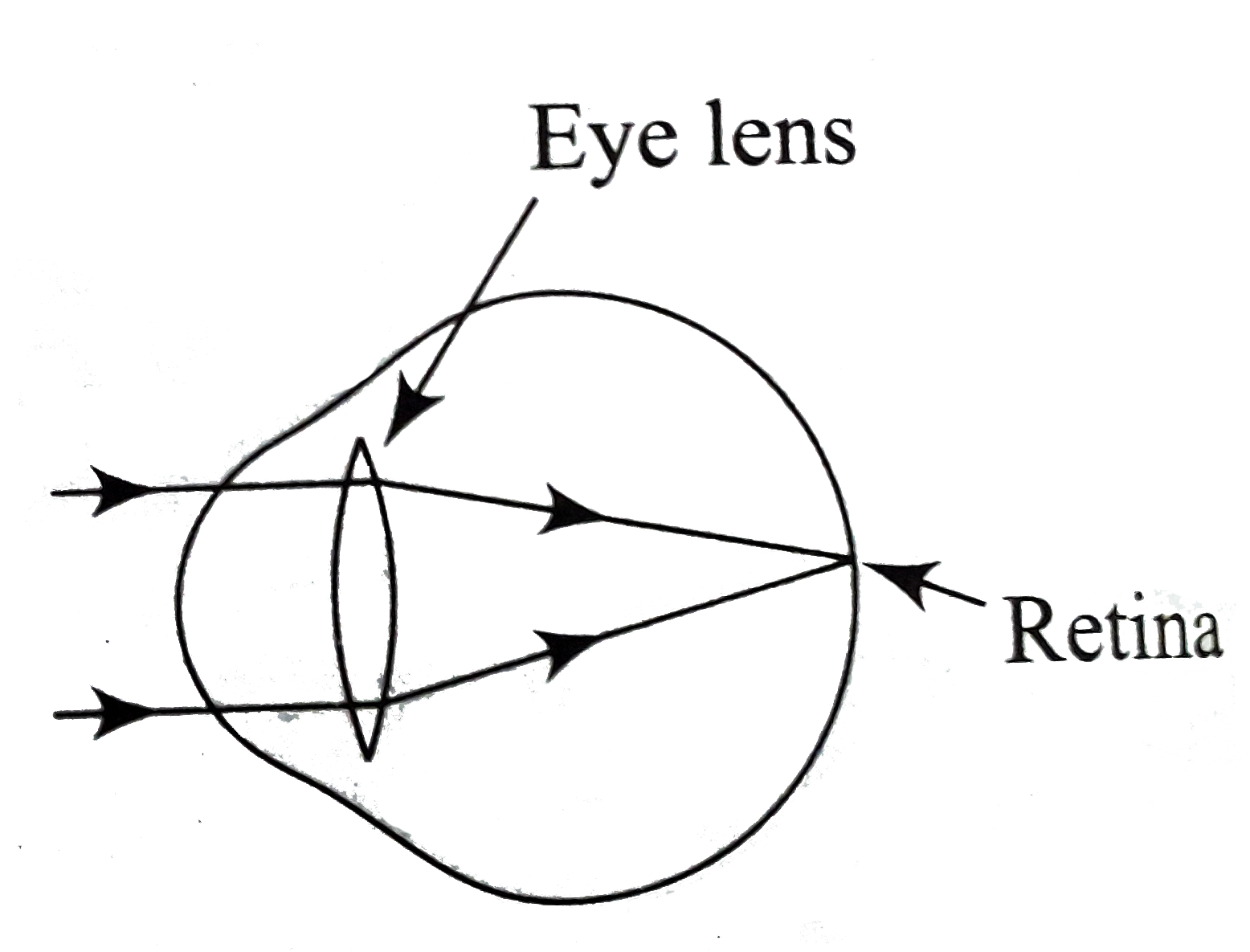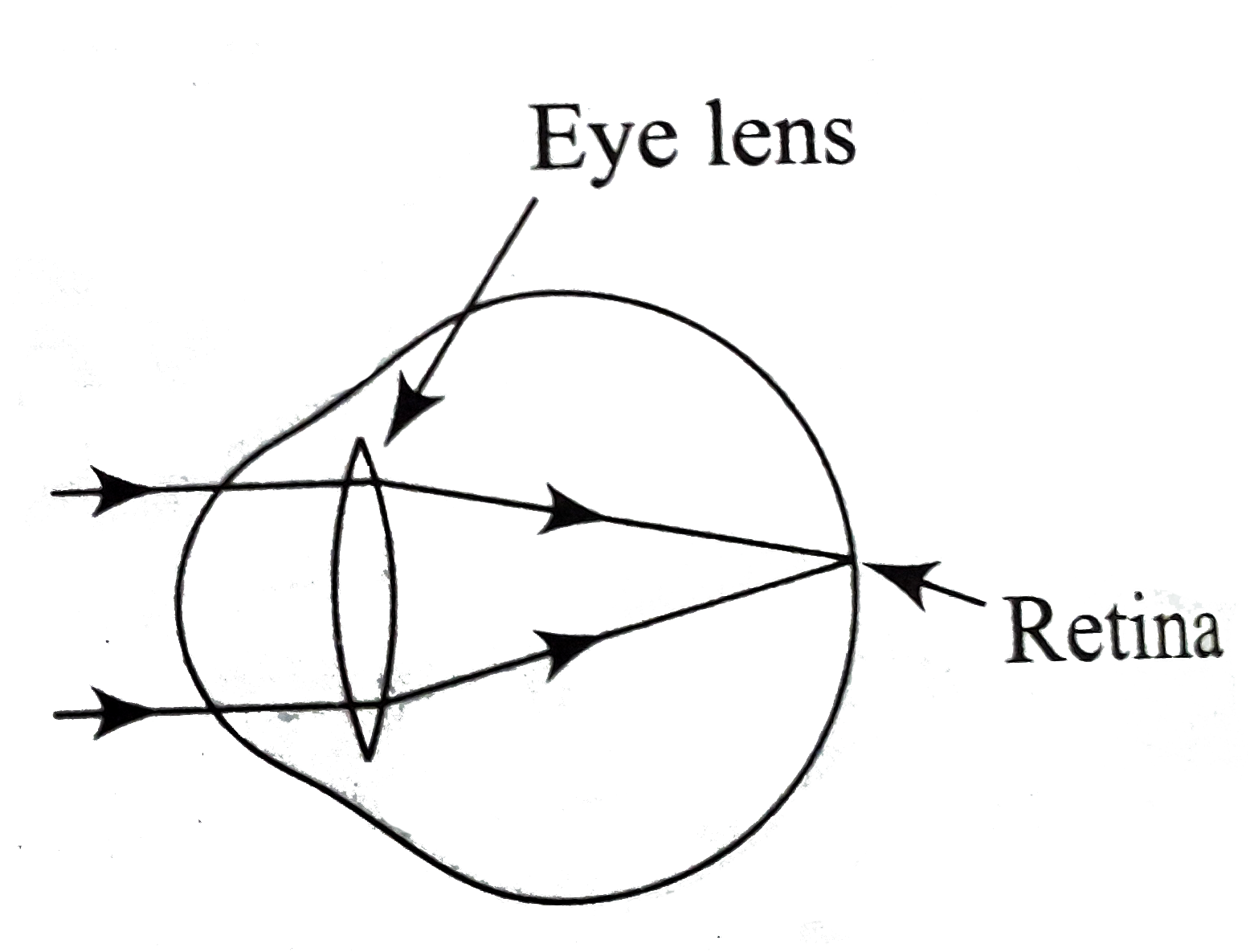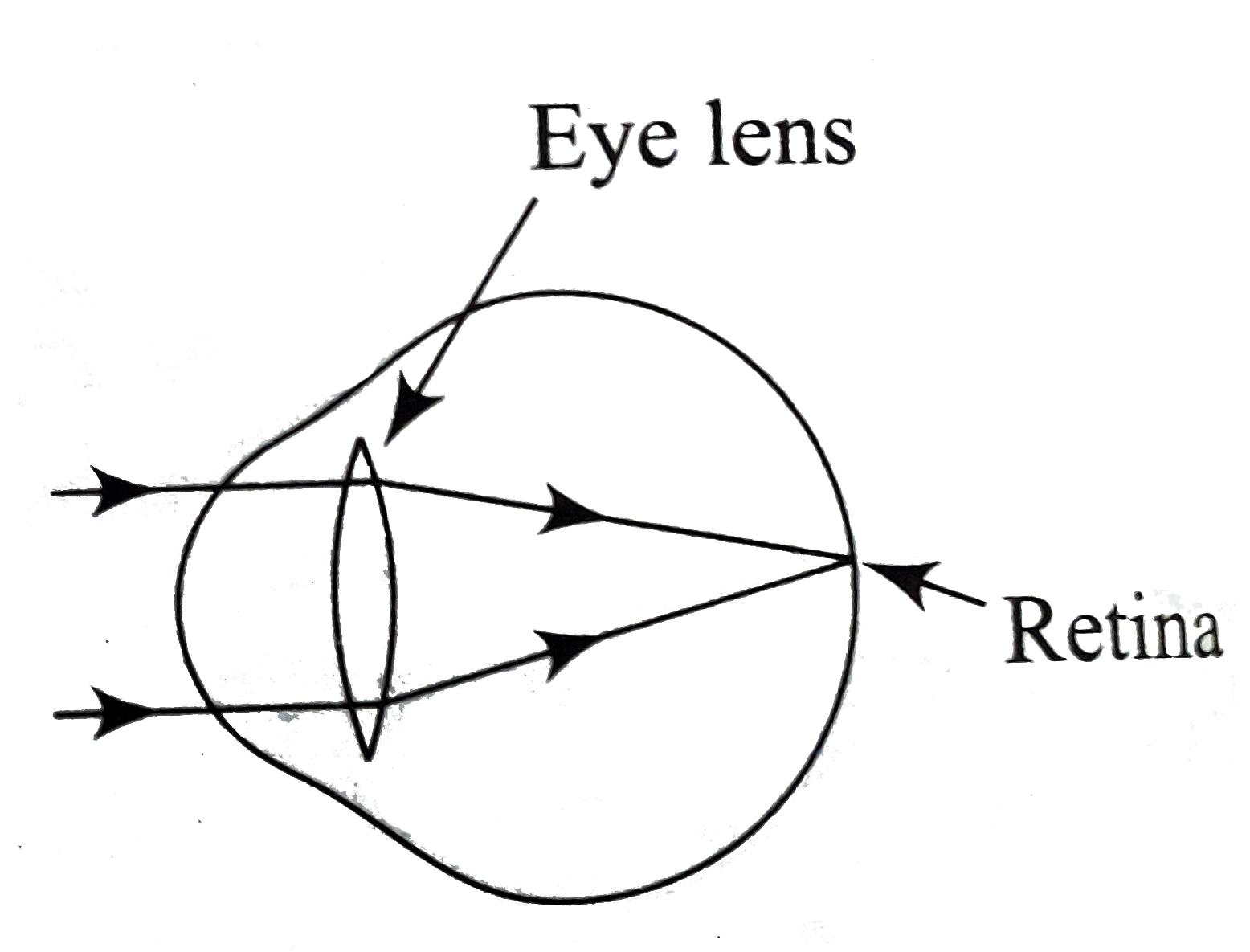A person is suffering from frequent episodes of nasal discharge, nasal congestion, reddening of eyes and watery eyes. These are the symptoms of
Cyanosis
Bronchitis
Rhinitis
Bronchial carcinoma
The correct Answer is:C
Step-by-Step Solution:
1. Identify the Symptoms: The symptoms presented in the question are nasal discharge, nasal congestion, reddening of eyes, and watery eyes.
2. Analyze the Options: The options provided are:
- A) Cyanosis
- B) Bronchitis
- C) Rhinitis
- D) Bronchial carcinoma
3. Evaluate Each Option:
- Cyanosis: This condition is characterized by a bluish discoloration of the skin and mucous membranes due to low oxygen levels. It does not match the symptoms given.
- Bronchitis: This is an inflammation of the bronchi in the lungs, typically presenting with symptoms like cough and shortness of breath. It does not correlate with the symptoms listed.
- Rhinitis: This condition involves inflammation of the mucous membranes in the nose, leading to symptoms such as nasal discharge, nasal congestion, and can also cause watery eyes and reddening of the eyes. This matches the symptoms described.
- Bronchial Carcinoma: This is a type of lung cancer that can present with symptoms similar to bronchitis but is more severe. It does not align with the symptoms provided.
4. Conclusion: Based on the analysis, the correct answer is C) Rhinitis, as it directly corresponds to the symptoms of nasal discharge, congestion, and eye irritation.
- A) Cyanosis
- B) Bronchitis
- C) Rhinitis
- D) Bronchial carcinoma
- Cyanosis: This condition is characterized by a bluish discoloration of the skin and mucous membranes due to low oxygen levels. It does not match the symptoms given.
- Bronchitis: This is an inflammation of the bronchi in the lungs, typically presenting with symptoms like cough and shortness of breath. It does not correlate with the symptoms listed.
- Rhinitis: This condition involves inflammation of the mucous membranes in the nose, leading to symptoms such as nasal discharge, nasal congestion, and can also cause watery eyes and reddening of the eyes. This matches the symptoms described.
- Bronchial Carcinoma: This is a type of lung cancer that can present with symptoms similar to bronchitis but is more severe. It does not align with the symptoms provided.
Topper's Solved these Questions
- BOOK - ICSECHAPTER - HUMAN HEALTH AND DISEASE EXERCISE - COMPETITION CORNER (OBJECTIVE TYPE QUESTIONS) (Assertion and Reason Type Questions (For AIIMS aspirants))28videos
HUMAN HEALTH AND DISEASE
- BOOK - ICSECHAPTER - HUMAN HEALTH AND DISEASE EXERCISE - REVIEW QUESTIONS21videos
HUMAN HEALTH AND DISEASE
- BOOK - ICSECHAPTER - EVOLUTIONEXERCISE - COMPETITION CORNER (Assertion and Reason Type Questions (For AIIMS aspirants))26videos
EVOLUTION
- BOOK - ICSECHAPTER - HUMAN REPRODUCTIONEXERCISE - SOURCE BASED QUESTIONS22videos
HUMAN REPRODUCTION
Similar Questions
A person suffers from frequent urination feels thirsty and there is no glucose in the urine ,what may be the cause
View SolutionThe ciliary muscles of eye control the curvature of the lens in the eye and hence can alter the effective focal length of the system. When the muscles are fully relaxed, the focal length is maximum. When the muscles are strained, the curvature of lens increases. That means radius of curvature decreases and focal length decreases. For a clear vision, the image must be on the retina. The image distance is therefore fixed for clear vision and it equals the distance of retina from eye lens. It is about 2.5cm for a grown up person.
A perosn can theoretically have clear vision of an object situated at any large distance from the eye. The smallest distance at which a person can clearly see is related to minimum possible focal length. The ciliary muscles are most strained in this position. For an average grown up person, minimum distance of the object should be around 25cm.
A person suffering from eye defects uses spectacles (eye glass). The function of lens of spectacles is to form the image of the objects within the range in which the person can see clearly. The image o the spectacle lens becomes object for the eye lens and whose image is formed on the retina.
The number of spectacle lens used for th eremedy of eye defect is decided by the power fo the lens required and the number of spectacle lens is equal to the numerical value of the power of lens with sign. For example, if power of the lens required is +3D (converging lens of focal length 100/3cm ), then number of lens will be +3.
For all the calculations required, you can use the lens formula and lensmaker's formula. Assume that the eye lens is equiconvex lens. Neglect the distance between the eye lens and the spectacle lens.

Q. A far sighted man connot see objects clearly unless they are at least 100cm from his eyes. The number of the spectacle lenses that will make his range of clear vision equal to an average grown up person will beView Solution
Knowledge Check
- Question 1 - Select One
Read the passages and answer the questions that follow
Down's syndrome is when you're born with an extra chromosome. Chromosomes contain hundreds, or even thousands, of genes. Genes carry the information that determines the traits (features or characteristics passed on to you from your parents). This additional genetic material alters the course of development and causes the characteristics associated with Down syndrome. With Down syndrome, the extra chromosome causes delays in the way a child develops, mentally and physically. A few of the common physical traits of Down syndrome are low muscle tone, small stature, an upward slant to the eyes, and a single deep crease across the centre of the palm - although each person with Down syndrome is a unique individual and may possess these characteristics to different degrees, or not at all. The physical features and medical problems associated with Down syndrome can vary widely from child to child. While some kids with DS need a lot of medical attention, others lead healthy lives. Though Down syndrome can't be prevented, it can be detected before a child is born. The health problems that may go along with DS can be treated, and many resources are available to help kids and their families who are living with the condition.
Persons with Down syndrome usually have...... copies of chromosome 21.ANoBOneCTwoDThree - Question 2 - Select One
Read the passages and answer the questions that follow
Down's syndrome is when you're born with an extra chromosome. Chromosomes contain hundreds, or even thousands, of genes. Genes carry the information that determines the traits (features or characteristics passed on to you from your parents). This additional genetic material alters the course of development and causes the characteristics associated with Down syndrome. With Down syndrome, the extra chromosome causes delays in the way a child develops, mentally and physically. A few of the common physical traits of Down syndrome are low muscle tone, small stature, an upward slant to the eyes, and a single deep crease across the centre of the palm - although each person with Down syndrome is a unique individual and may possess these characteristics to different degrees, or not at all. The physical features and medical problems associated with Down syndrome can vary widely from child to child. While some kids with DS need a lot of medical attention, others lead healthy lives. Though Down syndrome can't be prevented, it can be detected before a child is born. The health problems that may go along with DS can be treated, and many resources are available to help kids and their families who are living with the condition.
Down syndrome may be detected by........AA karyotype from chorionic , villi testingBA karyotype from amniocentesisCA test to detect substances in the maternal bloodDAll of these
The ciliary muscles of eye control the curvature of the lens in the eye and hence can alter the effective focal length of the system. When the muscles are fully relaxed, the focal length is maximum. When the muscles are strained, the curvature of lens increases. That means radius of curvature decreases and focal length decreases. For a clear vision, the image must be on the retina. The image distance is therefore fixed for clear vision and it equals the distance of retina from eye lens. It is about 2.5cm for a grown up person.
A perosn can theoretically have clear vision of an object situated at any large distance from the eye. The smallest distance at which a person can clearly see is related to minimum possible focal length. The ciliary muscles are most strained in this position. For an average grown up person, minimum distance of the object should be around 25cm.
A person suffering from eye defects uses spectacles (eye glass). The function of lens of spectacles is to form the image of the objects within the range in which the person can see clearly. The image o the spectacle lens becomes object for the eye lens and whose image is formed on the retina.
The number of spectacle lens used for th eremedy of eye defect is decided by the power fo the lens required and the number of spectacle lens is equal to the numerical value of the power of lens with sign. For example, if power of the lens required is +3D (converging lens of focal length 100/3cm ), then number of lens will be +3.
For all the calculations required, you can use the lens formula and lensmaker's formula. Assume that the eye lens is equiconvex lens. Neglect the distance between the eye lens and the spectacle lens.

Q. A person can see objects clearly from distance 10cm to ∞. Then, we can say that the person isView SolutionThe ciliary muscles of eye control the curvature of the lens in the eye and hence can alter the effective focal length of the system. When the muscles are fully relaxed, the focal length is maximum. When the muscles are strained, the curvature of lens increases. That means radius of curvature decreases and focal length decreases. For a clear vision, the image must be on the retina. The image distance is therefore fixed for clear vision and it equals the distance of retina from eye lens. It is about 2.5cm for a grown up person.
A perosn can theoretically have clear vision of an object situated at any large distance from the eye. The smallest distance at which a person can clearly see is related to minimum possible focal length. The ciliary muscles are most strained in this position. For an average grown up person, minimum distance of the object should be around 25cm.
A person suffering from eye defects uses spectacles (eye glass). The function of lens of spectacles is to form the image of the objects within the range in which the person can see clearly. The image o the spectacle lens becomes object for the eye lens and whose image is formed on the retina.
The number of spectacle lens used for th eremedy of eye defect is decided by the power fo the lens required and the number of spectacle lens is equal to the numerical value of the power of lens with sign. For example, if power of the lens required is +3D (converging lens of focal length 100/3cm ), then number of lens will be +3.
For all the calculations required, you can use the lens formula and lensmaker's formula. Assume that the eye lens is equiconvex lens. Neglect the distance between the eye lens and the spectacle lens.

Q. Maximum focal length of a eye lens of a normal person isView SolutionThe ciliary muscles of eye control the curvature of the lens in the eye and hence can alter the effective focal length of the system. When the muscles are fully relaxed, the focal length is maximum. When the muscles are strained, the curvature of lens increases. That means radius of curvature decreases and focal length decreases. For a clear vision, the image must be on the retina. The image distance is therefore fixed for clear vision and it equals the distance of retina from eye lens. It is about 2.5cm for a grown up person.
A perosn can theoretically have clear vision of an object situated at any large distance from the eye. The smallest distance at which a person can clearly see is related to minimum possible focal length. The ciliary muscles are most strained in this position. For an average grown up person, minimum distance of the object should be around 25cm.
A person suffering from eye defects uses spectacles (eye glass). The function of lens of spectacles is to form the image of the objects within the range in which the person can see clearly. The image o the spectacle lens becomes object for the eye lens and whose image is formed on the retina.
The number of spectacle lens used for th eremedy of eye defect is decided by the power fo the lens required and the number of spectacle lens is equal to the numerical value of the power of lens with sign. For example, if power of the lens required is +3D (converging lens of focal length 100/3cm ), then number of lens will be +3.
For all the calculations required, you can use the lens formula and lensmaker's formula. Assume that the eye lens is equiconvex lens. Neglect the distance between the eye lens and the spectacle lens.

Q. Minimum focal length of eye lens of a normal peson isView SolutionThe ciliary muscles of eye control the curvature of the lens in the eye and hence can alter the effective focal length of the system. When the muscles are fully relaxed, the focal length is maximum. When the muscles are strained, the curvature of lens increases. That means radius of curvature decreases and focal length decreases. For a clear vision, the image must be on the retina. The image distance is therefore fixed for clear vision and it equals the distance of retina from eye lens. It is about 2.5cm for a grown up person.
A perosn can theoretically have clear vision of an object situated at any large distance from the eye. The smallest distance at which a person can clearly see is related to minimum possible focal length. The ciliary muscles are most strained in this position. For an average grown up person, minimum distance of the object should be around 25cm.
A person suffering from eye defects uses spectacles (eye glass). The function of lens of spectacles is to form the image of the objects within the range in which the person can see clearly. The image o the spectacle lens becomes object for the eye lens and whose image is formed on the retina.
The number of spectacle lens used for th eremedy of eye defect is decided by the power fo the lens required and the number of spectacle lens is equal to the numerical value of the power of lens with sign. For example, if power of the lens required is +3D (converging lens of focal length 100/3cm ), then number of lens will be +3.
For all the calculations required, you can use the lens formula and lensmaker's formula. Assume that the eye lens is equiconvex lens. Neglect the distance between the eye lens and the spectacle lens.

Q. A near sighted man can clearly see ojects only upto a distance of 100cm and not beyond this. The number of the spectacle lenses necessary for the remedy of this defect will beView SolutionA person is unable to see objects distinctly placed within 50 cm from his eyes.
(a) Name the defect of vision the person is suffering from and list its two possible causes.
(b) Draw ray diagram to show the defect in the above case.
(c) Mention the type of lens used by him for the correction of the defect and calculate its power. Assume that the near point for the normal eye is 25 cm.
(d) Draw a labelled diagram for the correction of the defect in the above case.View SolutionA person suffering from defective vision can see objects clearly only beyond 100 cm from the eye. Find the power of lens required so that he can see clearly the object placed at a distance of distinct vision (D = 25cm)
View Solution

